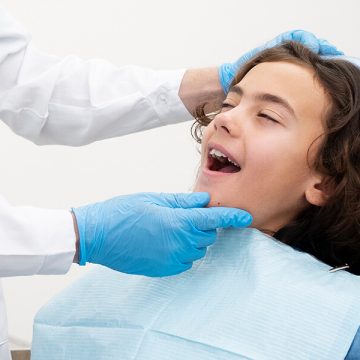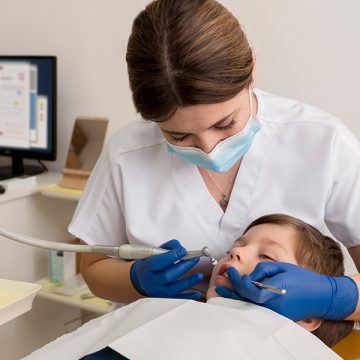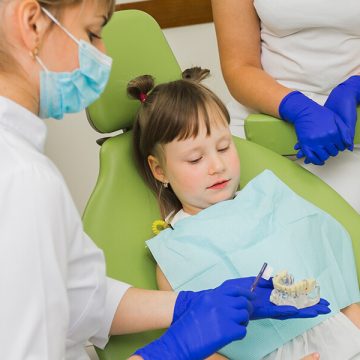The term “sedation dentistry” refers to using various kinds of relaxing agents while undergoing a dental treatment or procedure. There are various kinds of sedation, including laughing gas, IV sedation, oral sedatives, and general anesthetic.
The effects of sedation can range from simply calming a patient (using nitrous oxide) to putting them to sleep (using general anesthetics). Sedation may be required for patients with dental phobia, a low pain tolerance, during a major dental treatment, for physical handicaps, or for those with a strong gag reflex. It may also be necessary for certain procedures, such as fillings, crowns, bridges, root canals, extractions, cosmetic procedures, and periodontal treatments.
Sedation treatments are encouraged by the American Dental Association (ADA). It is an effective way to let patients feel more relaxed during their dental visit. Before any sedative or anesthetic is administered, be sure to alert your dentist to any medications or medical treatments you are receiving. Your dentist will discuss the sedation process with you and give instructions for before and after it is administered.
“Laughing Gas”
Laughing gas is the more common term for nitrous oxide and is used frequently as a conscious sedative during the process of a dental visit. The laughing gas is used with an oxygen mixture and has a calming effect to help phobic or anxious patients to relax. Patients are still conscious because the sedative is mild, and they are able to talk to their dentist during the visit. Once treatment is completed, the nitrous is turned off, and oxygen is administered for 5-10 minutes in order to help flush any remaining gas out of your system. The effects wear off almost immediately, and the gas rarely has side effects (though some patients may experience minor constipation and nausea). Your dentist will give pre and post-sedation instructions for you to reference.
















